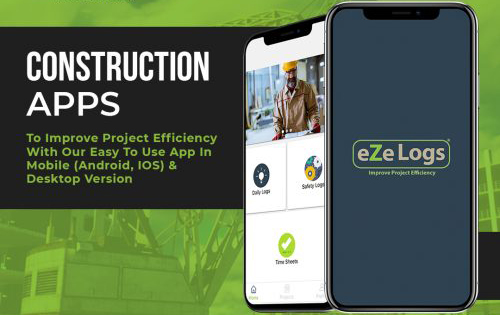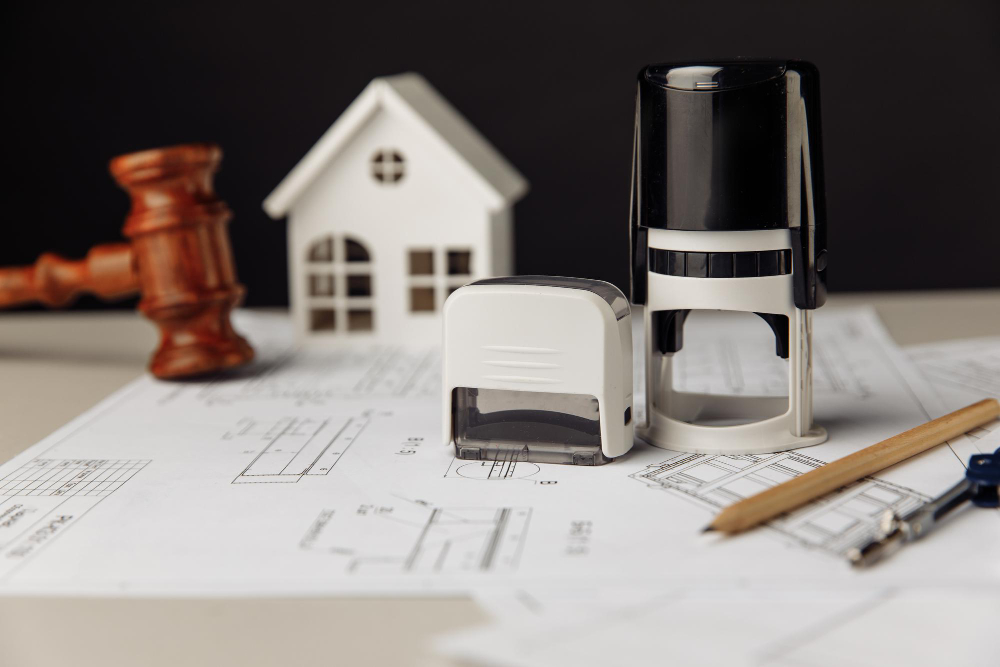Project management learning is an essential skill for any successful project manager. It involves understanding the principles of project management, developing the necessary skills to manage projects, and applying those skills to ensure successful project outcomes.

Effective project management learning requires a comprehensive approach that includes five essential steps: understanding the project management process, developing a project plan, setting goals and objectives, monitoring progress, and evaluating results. By following these steps, project managers can ensure that their projects are completed on time, within budget, and with the desired results.
Step 1: Identify learning objectives
Learning Objectives:
1. Understand the fundamentals of technical writing.
2. Develop an understanding of the elements of a friendly writing tone.
3. Learn how to effectively communicate technical information in a friendly manner.
4. Develop the ability to write in a style that is both technical and friendly.
Step 2: Select appropriate learning methods
For a technical writing style with a friendly tone, some appropriate learning methods could include:
1. Interactive tutorials: These can be used to explain complex concepts in an engaging and accessible way.
2. Video lectures: Video lectures can be used to provide an overview of the material and to explain concepts in an engaging and friendly manner.

3. Online quizzes: Quizzes can be used to test understanding and to provide feedback on progress.
4. Group discussions: Group discussions can be used to encourage collaboration and to foster a friendly learning environment.
5. Hands-on activities: Hands-on activities can be used to help students apply their knowledge in a practical way.
Step 3: Implement learning activities
Now that you have identified the learning objectives and created a plan for your learning activities, it’s time to implement them. Here are some tips to help you get started:
1. Start with the basics. Begin by introducing the topic and providing an overview of the material. This will help orient your learners and give them a better understanding of the material.
2. Use a variety of activities. Incorporate different types of activities into your lesson plan, such as lectures, discussions, group work, and hands-on activities. This will help keep your learners engaged and ensure that they are actively learning.
3. Make it interactive. Ask questions throughout the lesson and encourage your learners to participate. This will help them stay focused and engaged in the material.
4. Provide feedback. Give your learners feedback on their progress and performance. This will help them understand what they are doing well and what they need to work on.
5. Monitor progress. Monitor your learners’ progress throughout the lesson and adjust your activities accordingly. This will help ensure that your learners are getting the most out of the lesson.
By following these tips, you can ensure that your learning activities are effective and engaging. Good luck!
Step 4: Monitor and evaluate learning progress
It is important to monitor and evaluate learning progress to ensure that the desired outcomes are being achieved. To do this, it is important to track the progress of learners over time and to assess their performance against established criteria. This can be done through the use of assessments, surveys, and other data-gathering methods. By monitoring and evaluating learning progress, educators can identify areas of strength and weakness, and adjust their teaching strategies accordingly. Additionally, this data can be used to inform decisions about curriculum design and instruction. By taking the time to monitor and evaluate learning progress, educators can ensure that their students are receiving the best possible education.
Step 5: Apply and practice learned skills
Now that you have learned the basics of technical writing, it is time to put your skills into practice. Here are some tips to help you get started:
1. Read and research. Before you start writing, make sure you have a good understanding of the topic. Read up on the subject and familiarize yourself with the terminology.
2. Outline your ideas. Before you start writing, create an outline of the points you want to make. This will help you stay organized and focused.

3. Use a friendly tone. Technical writing can be dry and boring, so make sure to use a friendly tone. This will help make your writing more engaging and easier to understand.
4. Be concise. Technical writing should be concise and to the point. Avoid using unnecessary words or phrases.
5. Proofread. Before you submit your work, make sure to proofread it for any errors. This will help ensure that your writing is accurate and error-free.
By following these tips, you can become a better technical writer and create documents that are clear, concise, and easy to understand. Good luck!
Final Thoughts
Project management learning is an essential part of any successful project. By following the five essential steps for effective project management learning, project managers can ensure that their projects are successful and that their teams are well-equipped to handle any challenges that may arise. By understanding the importance of project management learning, project managers can ensure that their projects are successful and that their teams are well-equipped to handle any challenges that may arise. With the right tools and resources, project managers can ensure that their projects are successful and that their teams are well-equipped to handle any challenges that may arise.


